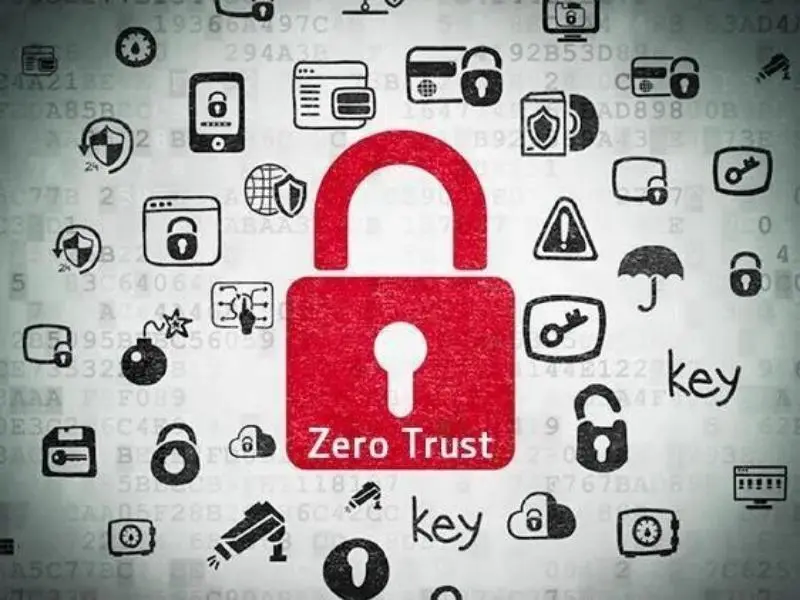- Zero trust architecture represents a paradigm shift in cybersecurity, focusing on a more cautious and meticulous approach to access control.
- Using zero trust architecture is not just a trend but a strategic imperative for the future of cybersecurity.
Zero trust architecture shifts the focus from a perimeter-based defence to a more granular, identity-centric approach. By treating every access request as potentially risky and verifying each one, organisations can significantly enhance their security posture. As the digital landscape continues to evolve, the adoption of zero trust principles will be crucial for organisations looking to safeguard their assets and maintain the trust of their users and partners.
Understanding zero trust architecture
Zero trust architecture refers to a security framework that operates on the assumption that every user, device, or system within a network is a potential threat. Unlike traditional network security models that rely on perimeter defences, zero trust adopts a holistic approach by verifying and continuously validating user identities and device security posture before granting access to network resources.
Also read: AntChain Unveils Enhanced Privacy and Verification with Integration of Zero-Knowledge Proof
Principles of zero trust architecture
Central to zero trust architecture are principles such as least privilege access, continuous authentication, and micro-segmentation. By implementing least privilege access, organisations restrict user permissions to only necessary resources, reducing the attack surface and potential vulnerabilities. Continuous authentication ensures that user identities and devices are authenticated throughout their interactions with network resources, preventing unauthorised access. Micro-segmentation involves dividing network assets into isolated zones, enhancing security and containing potential breaches.
Also read: Zymbit unveils Secure Edge Fabric for improved IoT deployments
Understanding the need for zero trust architecture
For many years, the cornerstone of corporate IT strategy was the establishment of extensive wide-area networks, typically arranged in a hub-and-spoke configuration. In this setup, private links connected users and branch offices to central data hubs. Access to essential applications was contingent upon being part of this network, with security maintained through an array of devices like VPNs and advanced firewalls, underpinned by the castle-and-moat security model.
While this method was effective for a time when applications were predominantly hosted in-house, the current digital climate demands more. The proliferation of cloud services and heightened data security concerns have rendered this traditional approach cumbersome.
In the contemporary digital landscape, the pace of digital transformation is quickening. Enterprises are increasingly turning to cloud technologies, mobile solutions, artificial intelligence, the IoT, and OT to enhance their agility and market competitiveness. Users are distributed across various locations, and corporate data is no longer confined to central data centres. The modern workforce seeks the flexibility to access applications directly from any location, at any given moment, to collaborate effectively and maintain productivity.
The zero trust architecture has emerged as a response to these evolving needs, advocating for a security framework that is dynamic, resilient, and as fluid as the digital environment itself. It recognises that the perimeter is no longer a reliable line of defence and instead focuses on verifying every access request meticulously, regardless of the user’s location or the device’s status within the network. This shift is critical for organisations aiming to navigate the complexities of today’s digital ecosystem securely and efficiently.
Benefits of zero trust architecture
Zero trust architecture offers numerous benefits to organisations, including enhanced security posture, reduced attack surface, improved compliance, and increased resilience against advanced cyber threats. By adopting a zero trust approach, businesses can safeguard sensitive data, prevent lateral movement of threats, and proactively mitigate security risks, bolstering overall cybersecurity defences.

